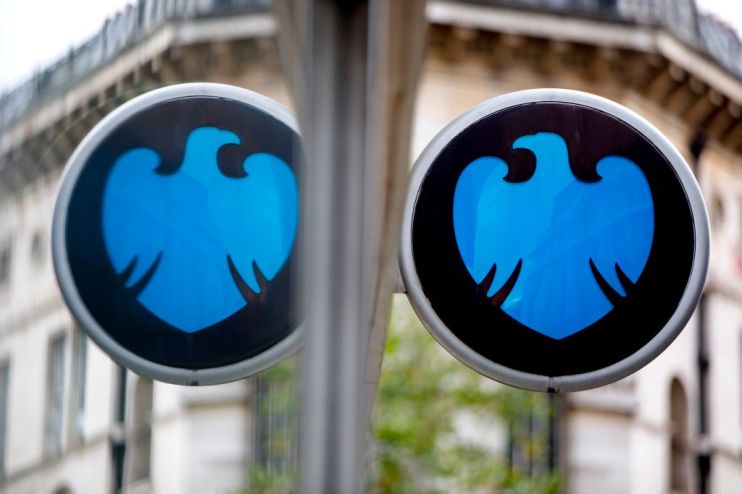Hefty £1.5bn trading error legal charge erodes Barclays profits

A £1.5bn legal charge for a trading error has eroded British bank Barclays’s profits, it announced today.
Hefty litigation and regulatory costs to deal with selling too many financial products dealt a major blow to Barclays’s first half earnings.
Pre-tax profits dropped by a quarter to £3.7bn in the six months to June, down from £4.9bn in the same period last year and below analysts’ expectations.
Those weaker than expected results sent Barclays’s share price down nearly five per cent.
Excluding the trading error litigation costs, the bank’s profits would have been higher than they were last year. It also had to revise its 2021 financial to account for the over-issuance.
Barclays last March said it had breached a near $21bn (£17.4bn) cap set by US market regulators on the value of financial instruments it is allowed to sell by around 75 per cent.
The Wall Street watchdog, the Securities and Exchange Commission, is expected to slap Barclays with a £165m fine.
Despite the soft earnings, Barclays said it will pay a dividend of 2.25p per share and plans to launch a new £500m share buyback programme. Its current £1bn buyback campaign will end in September.
A £341m build up of reserves to cope with an expected uptick in loan defaults caused by borrowers being squeezed by the cost of living crunch also dampened Barclays’s performance.
In the six months to June 2021, the lender released £742m of reserves after consumers kept up with their loan repayments despite pressure on the economy from the Covid-19 crisis.
“We are alert to the pressure that the rising cost of living will have on our customers and colleagues,” C. S. Venkatakrishnan, known as Venkat, chief executive of Barclays, said.
Venkat was parachuted in last year after former Barclays boss Jes Staley suddenly quit to fight the preliminary findings of a Financial Conduct Authority and Prudential Regulation Authority probe into his relationship with convicted sex offender Jeffrey Epstein.
Net interest income – the difference between what a bank charges borrowers and pays to depositors – surged over 20 per cent, driven higher by Barclays passing on the Bank of England’s five successive rate hikes.
Higher rates tend to boost banks by allowing them to raise rates on loans. Lloyds, Britain’s biggest mortgage lender, said yesterday it had also received a fillip from the Bank lifting rates to a 13-year high of 1.25 per cent in response to soaring inflation.
UK banks’ second quarter earnings season has been closely watched by the City for signs of consumers shifting their behaviour to adapt to living costs rising by a 40-year high of 9.4 per cent.
Some analysts fear the UK will tip into recession if Brits rein in spending to protect their budgets.
Banks often perform poorly during recessions due to loan demand falling and consumers spending less.